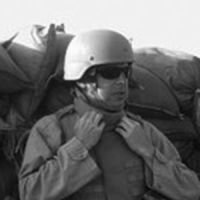Books
Michael Putland/Getty
How Classic Rock Turned Into a Film Noir Nightmare
BAD TRIP
The stars of classic rock lived hard and made music that mattered, but in the end, the romance of the road couldn’t save them or make them immortal.

Trending Now





